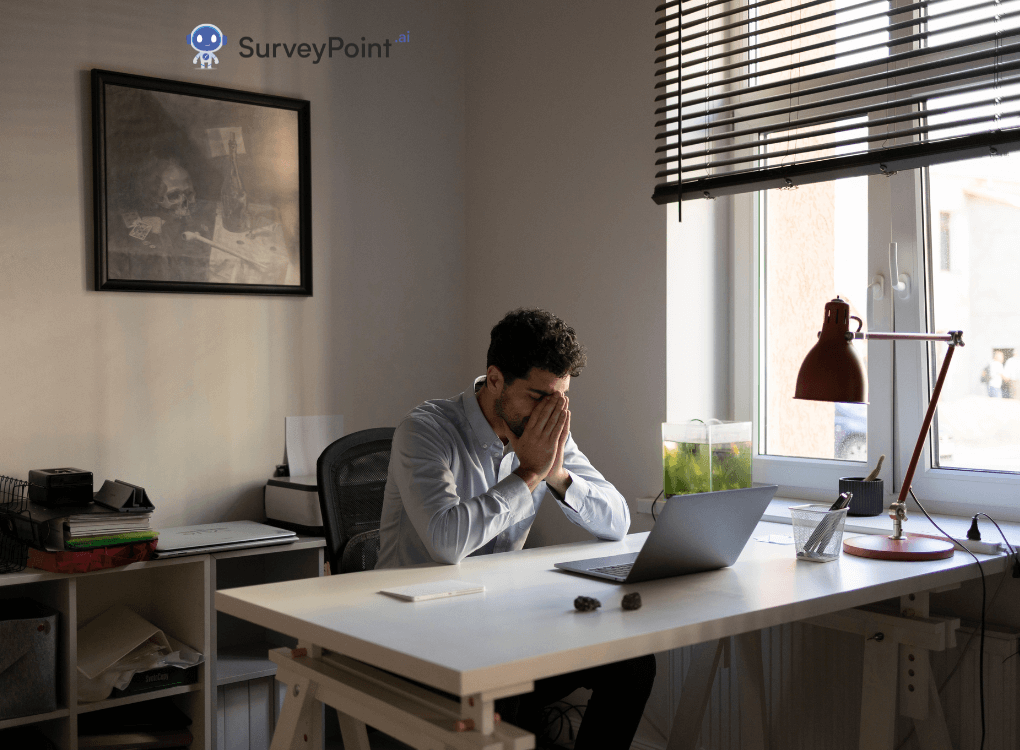
In the fast-paced world of modern workplaces, amidst the flurry of deadlines, meetings, and collaborations, there exists a delicate balance between solitude and loneliness. While often used interchangeably, these two states of being are fundamentally distinct, each carrying its own set of implications for employee well-being and productivity.
In this comprehensive exploration, we delve into the nuanced disparities between solitude and loneliness, examining their impacts on individuals within the workplace environment. Furthermore, we underscore the significance of self-care as a pivotal component in fostering a healthy work culture that prioritizes mental and emotional wellness.
Understanding the Difference Between Solitude and Loneliness
Solitude and loneliness are frequently conflated, yet they embody contrasting experiences. Solitude denotes a state of being alone, characterized by intentional withdrawal from social interactions. It is a voluntary act, often sought after as a means of introspection, creativity, and rejuvenation. Conversely, loneliness conveys a sense of isolation and disconnection, arising from a perceived deficiency in social connections or meaningful relationships. While solitude can be empowering and conducive to personal growth, loneliness engenders feelings of sadness, emptiness, and alienation.
How Does the Impact of Solitude Differ From Loneliness?
The impact of solitude differs significantly from that of loneliness in terms of emotional, mental, and physical well-being. While both involve being alone, their effects on an individual’s health and overall life experience are distinct.
Solitude: Positive Impact
Emotional and Mental Health:
- Positive Emotions: Solitude is often associated with positive feelings such as peace, contentment, and relaxation. It provides an opportunity for individuals to recharge and rejuvenate.
- Self-Reflection: Time spent in solitude allows for introspection and self-awareness. It can lead to a deeper understanding of oneself and one’s values, goals, and desires.
- Creativity and Productivity: Solitude often fosters creativity and productivity. Without distractions, individuals can focus deeply on tasks, leading to innovative thinking and enhanced performance.
- Stress Reduction: Solitude can help reduce stress by providing a break from social obligations and the demands of daily life.
Examples:
- A writer completing a manuscript during a quiet retreat.
- An artist finding inspiration and focus in a solitary studio.
- An individual meditating to achieve mental clarity and emotional balance.
Loneliness: Negative Impact
Emotional and Mental Health:
- Negative Emotions: Loneliness is associated with feelings of sadness, emptiness, and despair. It can lead to emotional distress and a sense of disconnection from others.
- Mental Health Issues: Prolonged loneliness is linked to various mental health problems, including depression, anxiety, and decreased cognitive function. It can exacerbate existing mental health conditions.
- Low Self-Esteem: Loneliness can negatively impact self-esteem and self-worth, leading individuals to feel unworthy or unimportant.
Physical Health:
- Health Risks: Chronic loneliness can have severe physical health implications. It is associated with increased risks of cardiovascular diseases, weakened immune system, and higher mortality rates.
- Sleep Problems: Loneliness can lead to sleep disturbances, such as insomnia or poor sleep quality, which in turn can affect overall health and well-being.
Examples:
- An elderly person feeling isolated after losing close friends and family members.
- A new student struggling to make friends at a large university and feeling disconnected.
- An individual experiencing loneliness despite being surrounded by people at work or social events.
Understanding these differences highlights the importance of encouraging healthy solitude while addressing and mitigating the negative impacts of loneliness through social support, community engagement, and mental health interventions.
Solitude is Categorically Different From Loneliness and Isolation
Solitude, loneliness, and isolation are three distinct concepts often intertwined but fundamentally different in their nature and impact on individuals. Let’s break down these differences:
Solitude
Definition: Solitude is the state of being alone without feeling lonely. It is often a voluntary and positive experience where an individual seeks time away from others to engage in self-reflection, creativity, or rest.
Characteristics:
- Voluntary: Solitude is chosen and often embraced as a necessary break from social interactions.
- Positive: It can lead to personal growth, creativity, and inner peace.
- Productive: Many people use solitude to focus on work, hobbies, or personal development.
- Rejuvenating: Time spent in solitude can be refreshing and mentally cleansing.
Examples:
- A writer retreating to a cabin to work on a novel.
- An individual practicing meditation or mindfulness alone.
- Taking a solo hike in nature to recharge and think.
Loneliness
Definition: Loneliness is a subjective feeling of being alone or isolated, regardless of the amount of social contact. It is a negative emotional state where an individual feels disconnected from others.
Characteristics:
- Involuntary: Often, loneliness is not chosen; it happens despite the desire for social interaction.
- Negative: It can lead to feelings of sadness, depression, and anxiety.
- Subjective: One can feel lonely even in a crowd if they lack meaningful connections.
- Harmful: Prolonged loneliness can have detrimental effects on mental and physical health.
Examples:
- A person feeling lonely after moving to a new city where they have no friends or family.
- Someone feeling isolated during a large social gathering because they don’t feel understood or connected to others.
- An elderly person feeling lonely after the loss of a spouse.
Isolation
Definition: Isolation refers to the physical or social separation from others. It can be voluntary or involuntary and can occur even in the presence of loneliness or in its absence.
Characteristics:
- Physical Separation: Isolation involves being physically apart from others, which can be voluntary (like solitude) or involuntary.
- Social Disconnection: It often means a lack of social interactions and connections.
- Mixed Emotions: One might feel lonely in isolation, or they might enjoy the solitude it provides.
- Contextual: Isolation can be a result of external circumstances like health conditions, geographical barriers, or societal factors.
Examples:
- A prisoner in solitary confinement experiencing forced isolation.
- A person working from home who rarely interacts with colleagues face-to-face.
- An individual isolating themselves to avoid illness during a pandemic.
While solitude is a positive and chosen state of being alone that can foster personal growth and creativity, loneliness is an unpleasant and involuntary feeling of disconnection from others. Isolation, on the other hand, is a state of being separated from others, which can be either voluntary or involuntary and may or may not involve feelings of loneliness. Understanding these distinctions helps in recognizing the different needs and interventions required for each state.By fostering a culture of inclusivity and belonging, organizations can mitigate the prevalence of loneliness and isolation, thereby promoting employee engagement and retention.
Crush the Difference Between Solitude and Loneliness in Your Workplace
To optimize employee well-being and productivity, organizations must proactively address the distinction between solitude and loneliness in the workplace. This entails fostering an environment that values both individual autonomy and collective connectivity, striking a delicate balance between solitude and social interaction. Leaders play a pivotal role in shaping organizational culture, serving as role models for self-care and empathy. By championing initiatives that promote psychological safety, collaboration, and open communication, leaders can create a workplace where individuals feel valued, supported, and empowered to thrive.
Conclusion
In conclusion, understanding the disparity between solitude and loneliness is essential for cultivating a healthy workplace environment that prioritizes employee well-being and productivity. By embracing solitude as a catalyst for personal growth and creativity, while combating loneliness through fostering a culture of inclusivity and support, organizations can harness the full potential of their workforce. Moreover, by championing self-care as a cornerstone of organizational culture, leaders can foster resilience, engagement, and collective success. Let us embark on this journey together, forging workplaces that nourish the mind, body, and spirit, one compassionate act at a time.




